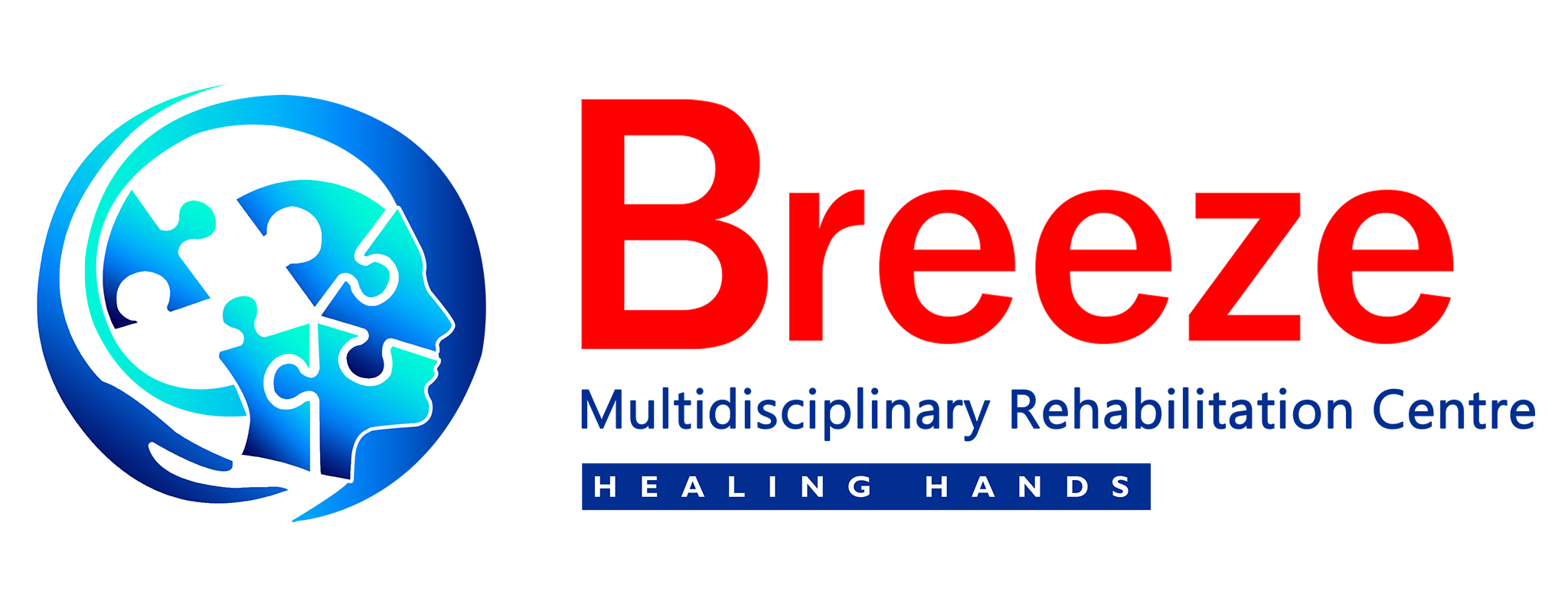
Guillain-Barre Syndrome
Less common forms are acute motor and sensory axonal neuropathy, which has a less positive prognosis (and which some consider to be a distinct type of peripheral neuropathy).
Miller-Fisher syndrome, with primarily cranial nerve symptoms, ataxia, and areflexia and chronic inflammatory demyelinating polyradiculoneuropathy (CIDP), which causes progressive or relapsing and remitting numbness and Weakness.
Types of Guillain-Barre Syndrome:
Signs & Symptoms of Guillain-Barre Syndrome may include:
Guillain-Barre syndrome often begins with tingling and weakness starting in your feet and legs and spreading to your upper body and arms. Some people notice the first symptoms in the arms or face. As Guillain-Barre syndrome progresses, muscle weakness can turn into paralysis.
● A pins and needles sensation in your fingers, toes, ankles or wrists
Weakness in your legs that spreads to your upper body.
● Unsteady walking or inability to walk or climb stairs.
● Difficulty with facial movements, including speaking, chewing or swallowing.
● Double vision or inability to move the eyesSevere pain that may feel achy, shooting or cramplike and may be worse at night.
● Difficulty with bladder control or bowel function.
● Rapid heart rate.
● Low or high blood pressure.
● Difficulty breathing
● People with Guillain-Barre syndrome usually experience their most significant weakness within two weeks after symptoms begin.
● Guillain-Barre syndrome can affect all age groups, but your risk increases as you age. It's also slightly more common in males than females.
● Guillain-Barre syndrome may be triggered by:
● Most commonly, infection with campylobacter, a type of bacteria often found in undercooked poultry.
● Influenza virus
● Cytomegalovirus
● Epstein-Barr virus
● Zika virus
● Hepatitis A, B, C and E
● HIV, the virus that causes AIDS
● Mycoplasma pneumonia
● Surgery
● Trauma
● Hodgkin's lymphoma
Guillain-Barre syndrome affects your nerves. Because nerves control your movements and body functions, people with Guillain-Barre may experience:
Breathing difficulties: The weakness or paralysis can spread to the muscles that control your breathing, a potentially fatal complication. Up to 22% of people with Guillain-Barre syndrome need temporary help from a machine to breathe within the first week when they're hospitalized for treatment.
Residual numbness or other sensations: Most people with Guillain-Barre syndrome recover completely or have only minor, residual weakness, numbness or tingling.
Heart and blood pressure problems: Blood pressure fluctuations and irregular heart rhythms (cardiac arrhythmias) are common side effects of Guillain-Barre syndrome.
Pain: One-third of people with Guillain-Barre syndrome experience severe nerve pain, which may be eased with medication.
Bowel and bladder function problems: Sluggish bowel function and urine retention may result from Guillain-Barre syndrome.
Blood clots: People who are immobile due to Guillain-Barre syndrome are at risk of developing blood clots. Until you're able to walk independently, taking blood thinners and wearing support stockings may be recommended.
Pressure sores: Being immobile also puts you at risk of developing bedsores (pressure sores). Frequent repositioning may help avoid this problem.
Relapse: A small percentage of people with Guillain-Barre syndrome have a relapse, experiencing muscle weakness even years after the symptoms ended.

